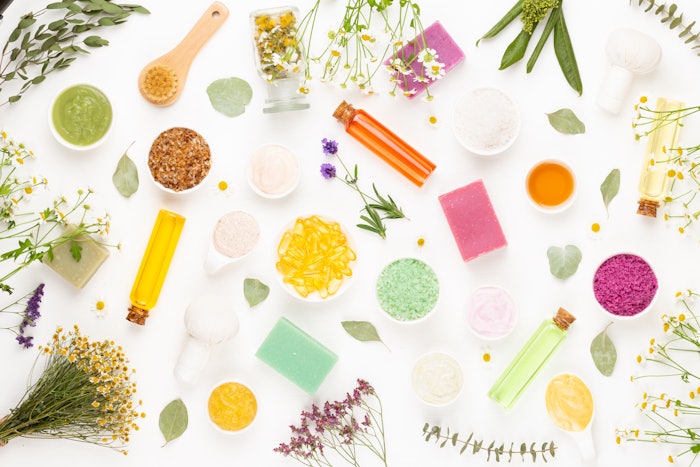
The Know Better, Do Better (KBDB) Collaborative, led by ChemForward, has released its 2025 Beauty and Personal Care Ingredient Intelligence Report showcasing strides in ingredient safety while emphasizing areas for improvement.
The report — powered by data from Sephora, Ulta, The Honest Company, Credo Beauty, Counter, Inolex and Dow — analyzed more than 48,000 products and 1.25 million ingredients, marking a fivefold increase in data since 2023. According to KBDB, through the effort, nearly 100,000 data gaps were filled collaboratively.
Key Chemical Findings
Key findings from the report revealed:
76% of ingredients are now characterized for safety, up from 70%;
71% are verified as safer, an increase from 65%;
24% of ingredients remain uncharacterized, potentially posing risks to consumers and brands; and
chemicals of concern rose slightly to 3.7%, driven by newly assessed high-use ingredients.
“Restricted substances lists aren't cutting it anymore. The clean beauty standard has moved on,” said Stacy Glass, executive director of ChemForward. “By characterizing ingredients and filling knowledge gaps, we are reducing risk to consumers, brands and investors while honing in on the call for innovation.”
Chemicals of Concern: Trending Downward
The report also highlighted a modest downward trend when comparing the prevalence of "high hazard" chemicals between the 2023 and 2024, despite the much larger sample. For example:
Cyclopentasiloxane and cyclomethicone: was present in 17.7% of products reviewed in 2023 and 14.6% in 2024;
Methylparaben: in 9.5% in 2023 and 6.7% in 2024; and
Ethylhexyl methoxycinnamate: in 4.9% in 2023 and 3.6% 2024.
3 Areas for Innovating Safer Alternatives
The report also highlights the need for innovation in safer alternatives, particularly in lip colors, moisturizers and shampoos. According to ChemForward:
Lip color continues to rely on synthetic dyes flagged as high hazard;
Moisturizers can contain "problematic" emollients; and
Shampoos and conditioners depend on surfactants that, while safe for humans, may pose aquatic toxicity risks.
Transparency and Safety Deliver Long-term Value
Bill Walsh, director of the Safer Chemistry Impact Fund, noted, “This data-driven, collaborative model demonstrates that safer chemistry is not only possible, it’s financially prudent. The companies leading on transparency and safer ingredient innovation will be the ones best positioned to deliver long-term value.”
The KBDB Collaborative invites more industry players to join its mission of setting higher safety standards, ensuring long-term value for consumers and investors alike.











